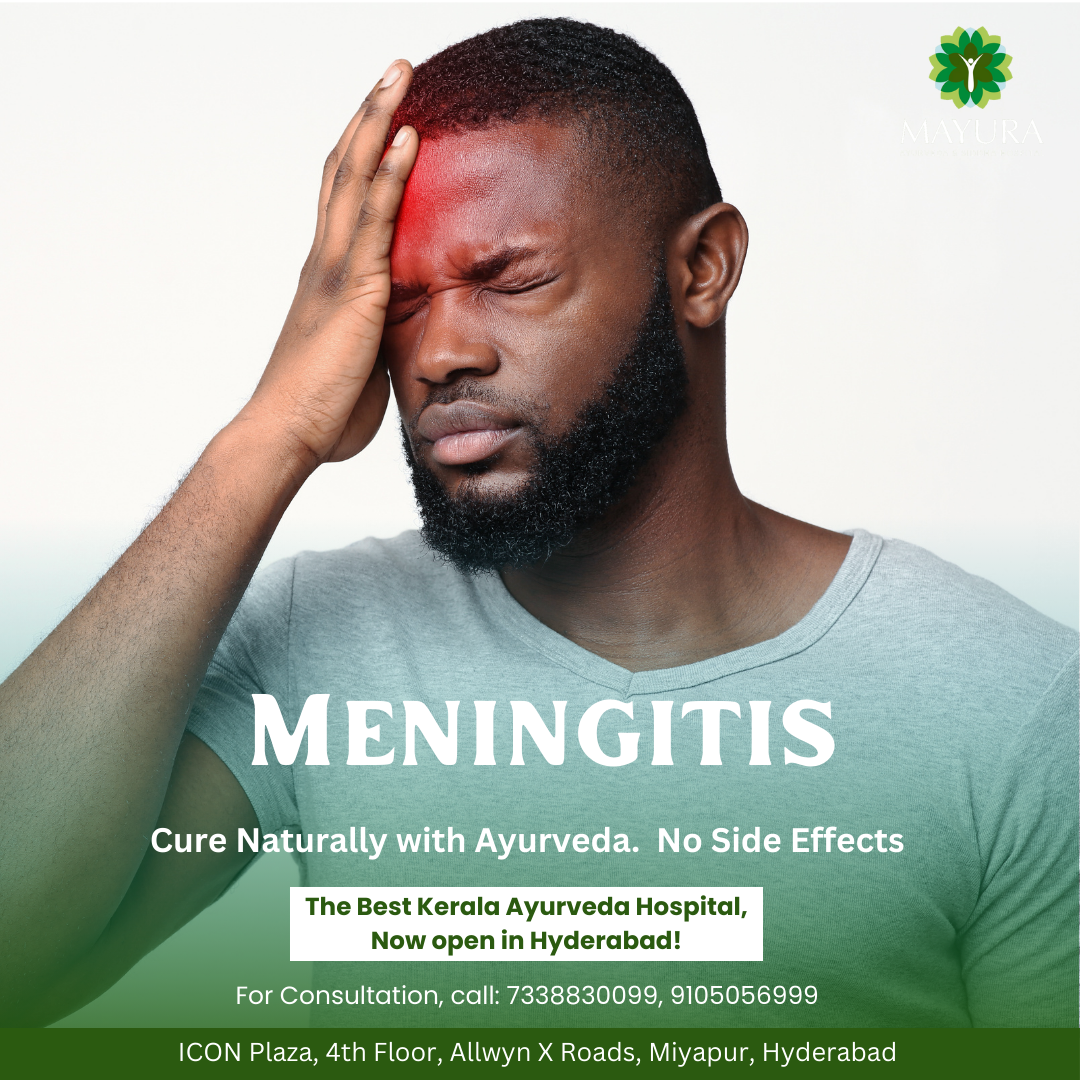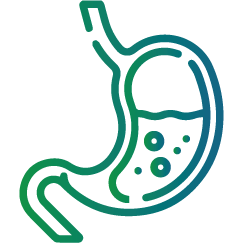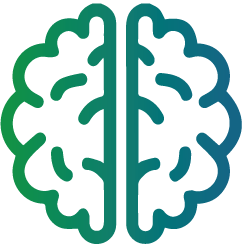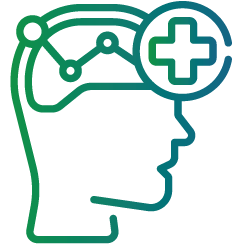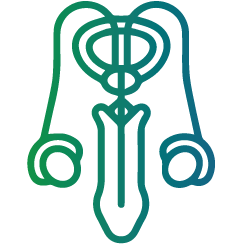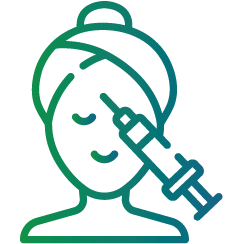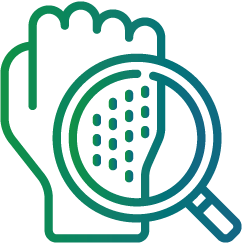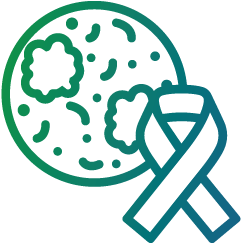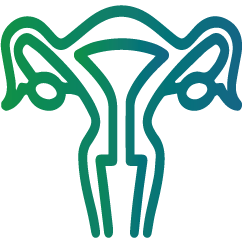Meningitis, an inflammation of the meninges (protective membranes surrounding the brain and spinal cord), can be a frightening prospect. But knowledge is power! This blog delves into the different types of meningitis, their causes, symptoms, and preventive measures. It also emphasizes the importance of seeking immediate medical attention if you suspect meningitis.
Understanding Meningitis: A Spectrum of Causes
Meningitis can be caused by various infectious agents, including viruses, bacteria, fungi, and parasites. The severity of the illness depends on the causative agent. Here’s a breakdown of the main types:
Viral Meningitis: The most common form, usually mild and resolves on its own within a week or two. Common viruses causing meningitis include enteroviruses, mumps virus, and herpesviruses.
Bacterial Meningitis: A serious and potentially life-threatening infection. Early diagnosis and treatment are crucial to prevent complications like brain damage, hearing loss, and learning disabilities. Common bacteria causing bacterial meningitis include Streptococcus pneumoniae and Neisseria meningitidis.
Chart: Types of Meningitis
| Type of Meningitis | Cause | Severity |
|---|---|---|
| Viral Meningitis | Viruses | Usually mild |
| Bacterial Meningitis | Bacteria | Serious and potentially life-threatening |
Recognizing the Signs: Symptoms of Meningitis
While symptoms can vary depending on the type of meningitis, some common signs to watch out for include:
Sudden high fever
Severe headache
Stiff neck, making it difficult to touch your chin to your chest
Nausea and vomiting
Confusion or disorientation
Light sensitivity (photophobia)
Seizures (in some cases)
In infants, a bulging fontanelle (soft spot on the head)
If you experience any of these symptoms, especially a high fever with a stiff neck and severe headache, seek immediate medical attention. Early diagnosis and treatment are critical for preventing serious complications.
Protecting Yourself: Preventive Measures for Meningitis
Several preventive measures can significantly reduce your risk of contracting meningitis:
Vaccination: Vaccines are available for some types of meningitis, including meningococcal meningitis, pneumococcal meningitis, and Haemophilus influenzae type b (Hib) meningitis. Getting vaccinated according to the recommended schedule is crucial.
Maintaining Good Hygiene: Frequent handwashing with soap and water is essential to prevent the spread of viruses and bacteria that can cause meningitis.
Avoiding Close Contact with Infected Individuals: If someone you know has meningitis, avoid close contact and practice good hygiene measures.
Early Diagnosis is Key
Meningitis can progress rapidly. If you suspect meningitis, don’t hesitate to seek immediate medical attention. A doctor can perform a physical examination and may order tests like a spinal tap (lumbar puncture) to confirm the diagnosis and identify the causative agent.
Treatment Options for Meningitis
The treatment for meningitis depends on the type of infection:
Viral Meningitis: Treatment often focuses on managing symptoms like fever and headache. Rest and pain relievers are usually recommended. In some cases, antiviral medications might be prescribed.
Bacterial Meningitis: Immediate hospitalization and intravenous antibiotics are essential to combat the infection and prevent complications.
Living Well After Meningitis
With early diagnosis and proper treatment, most people recover fully from meningitis. However, some individuals might experience lingering effects like hearing loss, learning disabilities, or seizures. Rehabilitation programs can help manage these long-term effects and improve quality of life.
Remember: While meningitis can be serious, knowledge is empowering. By understanding the symptoms, preventive measures, and importance of early diagnosis, you can take charge of your health and well-being. Don’t hesitate to seek medical attention if you suspect meningitis. Early action can make a significant difference.

